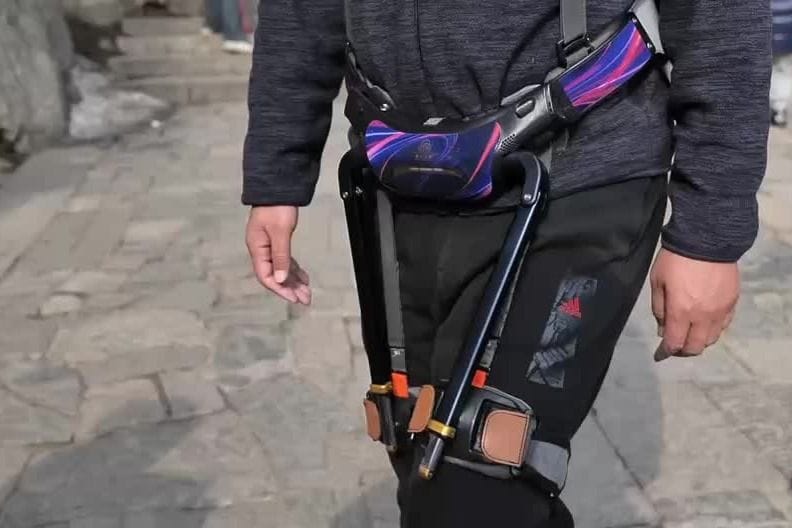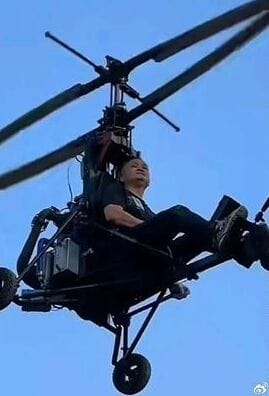Foreign Tourist Tries Wearable Exoskeleton for Hiking in Zhangjiajie, China
An American blogger tests a wearable exoskeleton for hiking in Zhangjiajie, China, discovering how this futuristic tech can revolutionize mountain adventures.

Discovering the Future of Hiking: The Wearable Exoskeleton Experience 🤖
Imagine strapping on a futuristic robot suit that helps you climb mountains like a superhero 🦸. That’s exactly what happened when an American blogger took a wearable exoskeleton for a test hike in Zhangjiajie, China — a breathtaking landscape famous for its towering sandstone pillars and lush greenery.
What Is a Wearable Exoskeleton?
Wearable exoskeletons are robotic suits designed to support and boost human strength and endurance. They’ve mostly been explored in medical and industrial fields, but hiking? That’s next-level cool! This tech can reduce fatigue, improve balance, and make tackling steep hills a breeze.
For hikers, especially on rugged trails like Zhangjiajie’s with its famous Avatar mountains, it means going further without the usual aches and pains. Plus, who wouldn’t want to feel a bit like Iron Man while hitting the trail? 😄
The Blogger’s Adventure in Zhangjiajie
Our American blogger set out eager but curious — how well could this robotic suit assist in real-world mountain hiking? Hiking Zhangjiajie’s winding paths, they quickly noticed the exoskeleton absorbing much of the physical strain. Uphill climbs that would normally demand endurance and frequent breaks felt surprisingly manageable.
“It was a game changer,” they said, marveling at how the futuristic suit supported each step, letting them focus more on the stunning views than on tired legs!
Benefits Beyond Just Hiking
But wearable exoskeletons aren’t just about fun adventures. The real excitement lies in how this technology could make the outdoors more accessible to people with mobility challenges or those recovering from injuries. Imagine elderly hikers or people with disabilities experiencing the joy of rugged trails like Zhangjiajie without being held back by physical limitations.
And from a practical viewpoint, hikers carrying heavy backpacks gain extra support and reduce injury risks. It’s like having a smart hiking partner who never gets tired! 🎒✨
Challenges and Future Outlook
Of course, there are hurdles to overcome. Battery life, weight of the suit, and affordability remain big questions. The blogger noted the exoskeleton felt slightly bulky, and longer battery independence would be a must for serious trekkers.
Still, with tech advancing rapidly, the day when exoskeletons become common hiking gear seems closer than ever. Could we soon see rental stations at national parks offering these robotic suits for rent? The future of hiking is looking not just exciting but revolutionary.
Final Thoughts
Trying a wearable exoskeleton in the stunning Zhangjiajie mountains was more than just a tech test — it was a glimpse into a future where hiking is more inclusive, less taxing, and even more thrilling. Whether you're a casual walker or a seasoned adventurer, this innovation could redefine what it means to explore the great outdoors.
Curious to try one yourself? Keep an eye on this space – exoskeleton hiking might be one's next bucket list tick! 🏞️🤩




